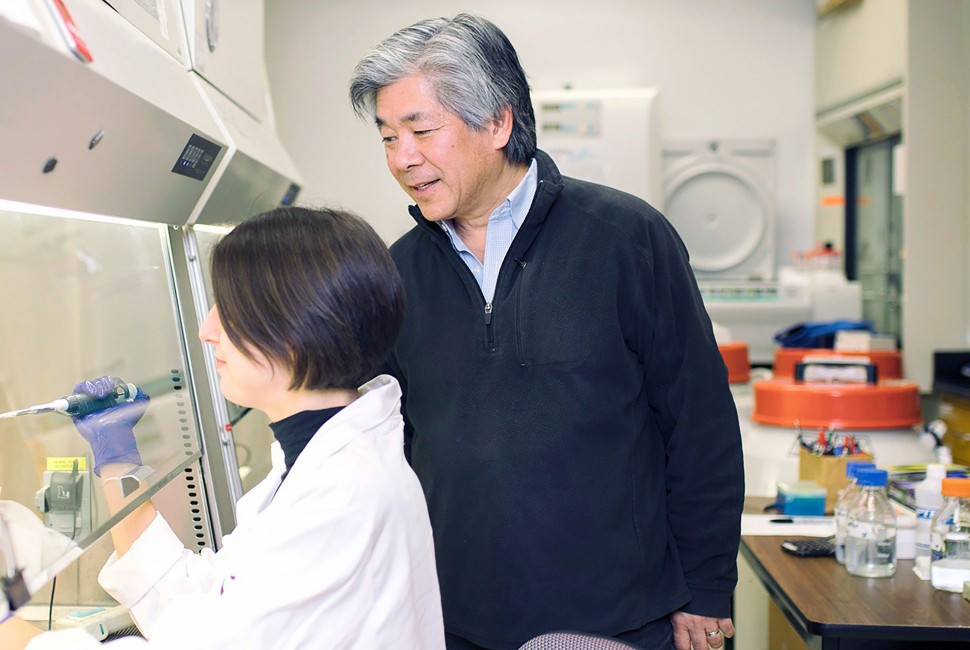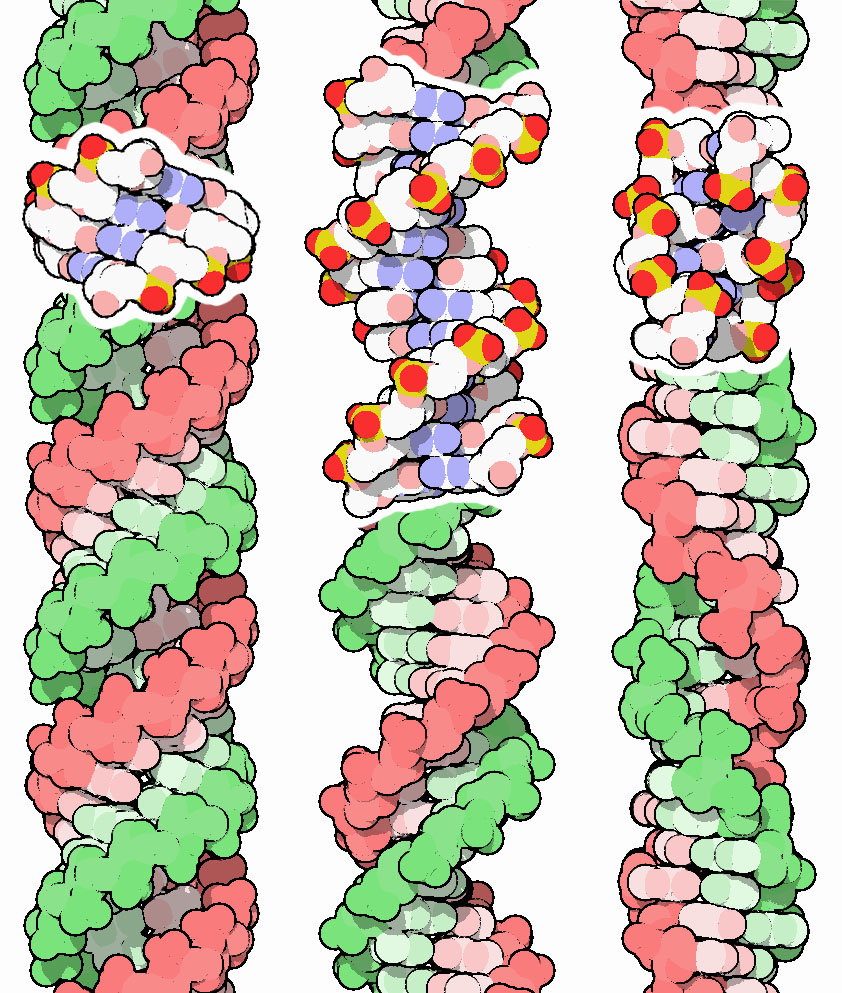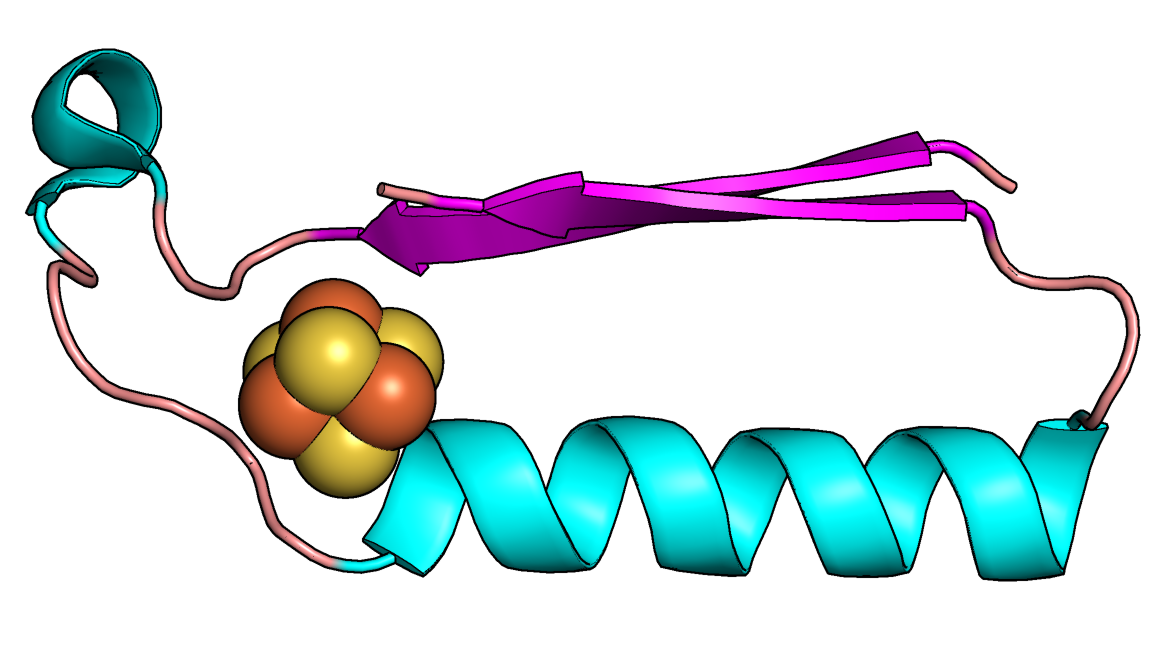Northwestern University has been awarded $32.4 million over five years from the Hevolution Foundation to study proteostasis — the processes by which cells maintain protein health for good overall health and to prevent diseases of protein misfolding. A key goal is to improve the health people experience as they age, particularly in their final years.




